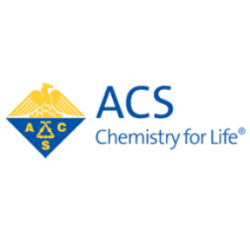Students design and conduct a test using baking soda and baking powder with vinegar to investigate the question: Will baking soda or baking powder produce more gas when vinegar is added?
Objective
Students will be able to plan and carry out an investigation to compare the amount of gas produced in reactions between baking soda and baking powder when vinegar is added. Students will be able to explain that mixing substances can cause a chemical reaction, which results in the formation of a new substance. Students will also be able to explain that substances react in characteristic ways and that the way a substance reacts can be used to identify the substance.
Key Concepts
- Mixing substances can result in a chemical reaction, which produces new substances.
- Substances have characteristic chemical reactions that can be used to identify them.
- Designing a fair test to study chemical reactions requires keeping everything the same except for the one thing you want to know about.
NGSS Alignment
- NGSS 5-PS1-3: Make observations and measurements to identify materials based on their properties.
- NGSS 5-PS1-1: Develop a model to describe that matter is made of particles too small to be seen.
- NGSS 5-PS1-4: Conduct an investigation to determine whether the mixing of two or more substances results in new substances.
Summary
In this lesson, students will discover that substances have characteristic chemical reactions with other substances and that these reactions can be used to identify a substance.
- Students are shown samples of baking soda and baking powder.
- Students help design an experiment to test whether baking soda and baking powder, similar-looking powders, are made up of the same chemical.
- Students will observe that baking soda produces more bubbles than baking powder when mixed with vinegar, which is evidence that the two substances are chemically different.
- Students conclude that mixing substances can result in a reaction that produces new substances, and that the way different substances react is a characteristic property that can be used to identify a substance.
Evaluation
Download the student activity sheet (PDF) and distribute one per student when specified in the activity. The activity sheet will serve as the Evaluate component of the 5-E lesson plan.
Back to Fifth Grade Lessons




